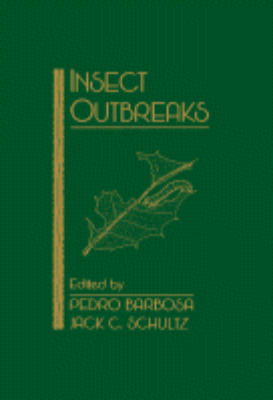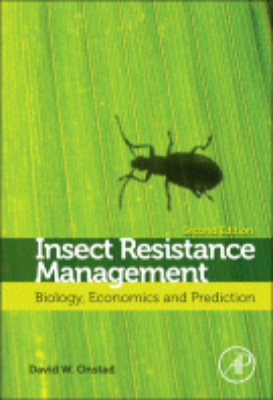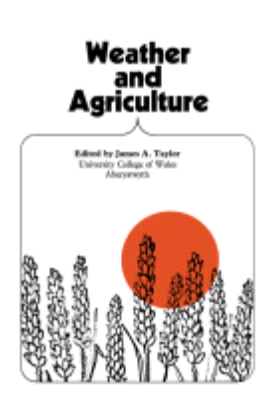Jones’s Animal Nursing
In the tradition of this well established text, the fifth edition is enlarged and updated to cover recent developments in the field of animal nursing. In the four years since the previous edition was published the position of the Veterinary Nurse has become professionally recognized and a new syllabus for the Royal College of Veterinary Surgeons nursing scheme has been established. This has helped define the depth of knowledge required of trainee nurses in their preparation for examinations. In the light of the new syllabus there is a new chapter on Radiography, the chapters on First Aid, Basic Nursing Care, The Practice of Nursing and Surgical Nursing have been extensively revised, and the chapter on Medical Nursing has been lengthened. The contributions, from 27 experts in the field, are highly illustrated and suggestions for further reading are provided at the end of each chapter.
| Publication Language |
English |
|---|---|
| Publication Access Type |
Premium |
| Publication Author |
* |
| Publisher |
Elsevier |
| Publication Year |
* |
| Publication Type |
ebooks |
| ISBN/ISSN |
* |
| Publication Category |
Animal Science |
Kindly Login to ICAR Digital Library Portal.











